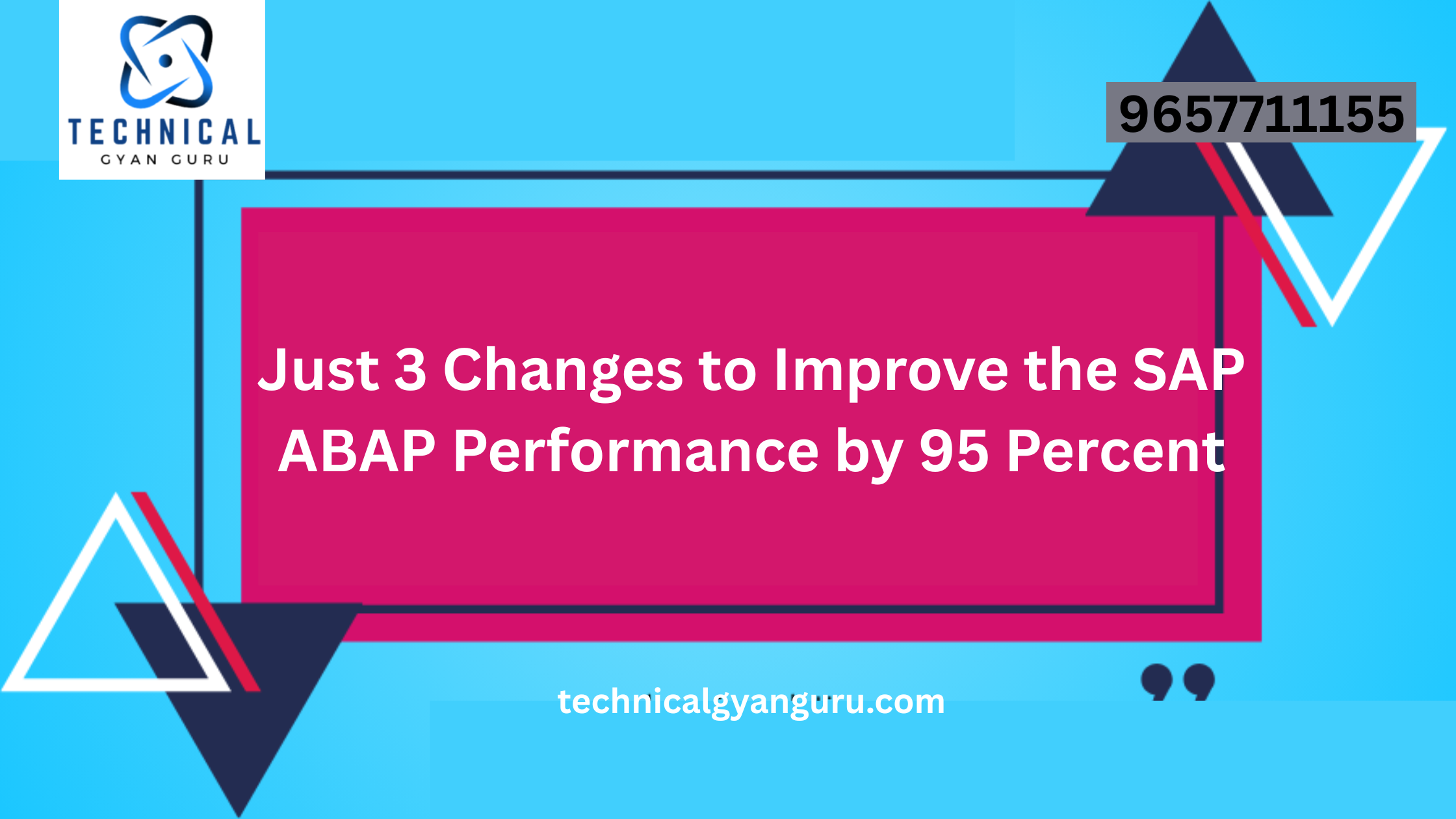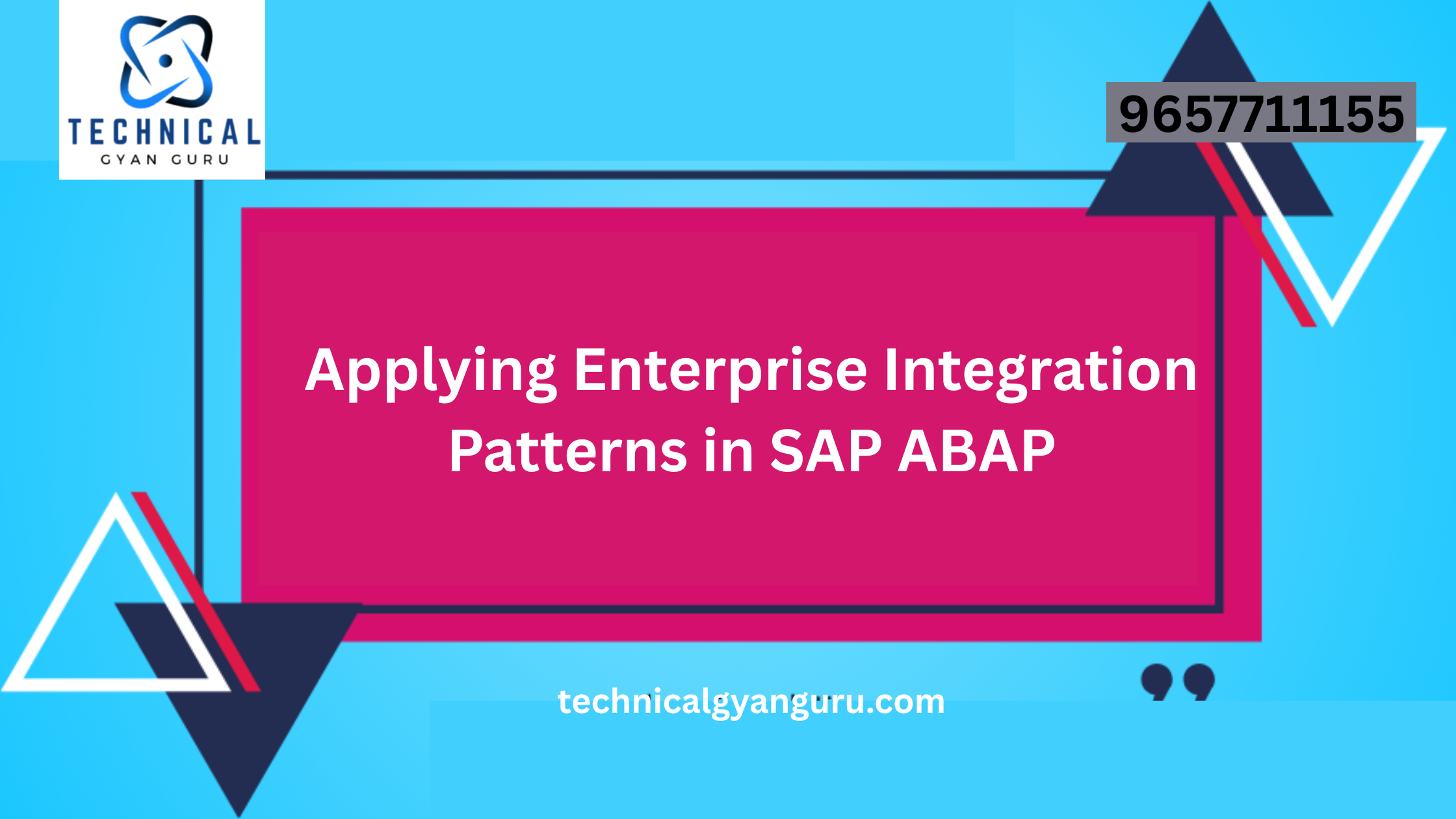
Introduction: In the rapidly evolving landscape of enterprise technology, harnessing data-driven insights is the key to unlocking informed decision-making and staying ahead of the competition. SAP Fiori Analytical Apps are at the forefront of this data revolution, empowering users to interact with complex data sets in intuitive and meaningful ways. In this blog, we will dive into the world of SAP Fiori Analytical Apps, exploring their significance, benefits, and how they are reshaping the way organizations leverage data for strategic advantage.
SAP Fiori Analytical Apps: A Holistic View of Data
SAP Fiori Analytical Apps are designed to provide users with a visually engaging and interactive interface to explore, analyze, and visualize complex business data. These apps transform raw data into actionable insights, enabling users to spot trends, patterns, and anomalies, and make informed decisions on the fly.
Key Features of SAP Fiori Analytical Apps:
- Intuitive Visualizations: These apps leverage a range of data visualizations, including charts, graphs, and heat maps, to present data in a comprehensible and meaningful manner.
- Drill-Down Capabilities: Users can start with an overview and dive deep into specific data points by drilling down into details, enabling a granular analysis.
- Real-Time Data: Fiori Analytical Apps access real-time data from SAP systems, ensuring that users work with the most up-to-date information.
- Predictive Analytics: Some apps incorporate predictive analytics to forecast future trends based on historical data, aiding proactive decision-making.
- Role-Based Insights: Apps are tailored to specific roles, ensuring that users access relevant data and insights that align with their responsibilities.
Benefits of SAP Fiori Analytical Apps:
- Data-Driven Decisions: These apps enable users to make decisions based on accurate data insights rather than relying on gut feelings or assumptions.
- Time Efficiency: Fiori Analytical Apps offer real-time access to data, reducing the time spent on data collection and analysis.
- Strategic Planning: By visualizing trends and patterns, users can develop more effective strategies and action plans.
- Interactive Exploration: Users can interact with the data, apply filters, and modify views to explore various scenarios.
- User Empowerment: Analytical Apps empower users across the organization, from executives to front-line staff, to contribute meaningfully to business success.
Use Cases of SAP Fiori Analytical Apps:
- Sales Performance Analysis: Sales teams can analyze revenue trends, customer buying patterns, and product performance to optimize sales strategies.
- Supply Chain Optimization: Supply chain managers can monitor inventory levels, lead times, and demand patterns for efficient inventory management.
- Financial Reporting: Finance departments can visualize budget vs. actual spending, track expenses, and forecast financial outcomes.
- Customer Insights: Marketing teams can analyze customer behavior, preferences, and feedback to personalize marketing campaigns.
Fueling Informed Decision-Making:
SAP Fiori Analytical Apps are more than tools; they are catalysts for transformation. By making data accessible, understandable, and actionable, these apps enable organizations to transition from reactive decision-making to proactive strategies. In the data-driven era, the ability to harness insights from vast data sets is a game-changer, giving businesses a competitive edge and driving innovation.
Conclusion
SAP Fiori Analytical Apps redefine the way organizations approach data analysis. By presenting complex data in a visual and interactive format, these apps empower users at all levels to derive meaningful insights, enabling smarter decisions and better outcomes. As businesses continue to recognize the value of data-driven insights, Fiori Analytical Apps will remain essential tools in their quest for innovation, efficiency, and sustained success.








